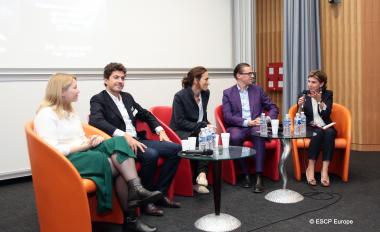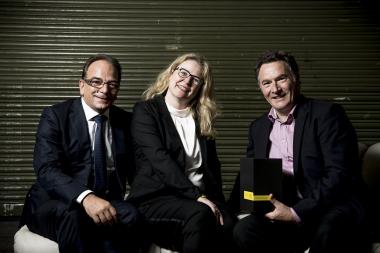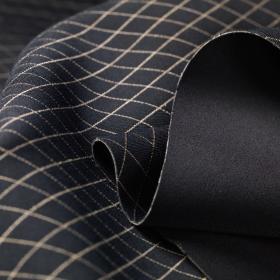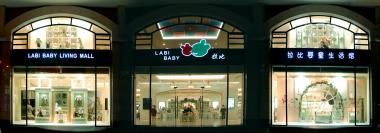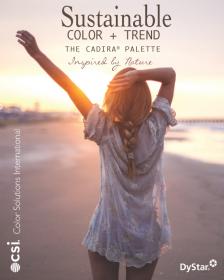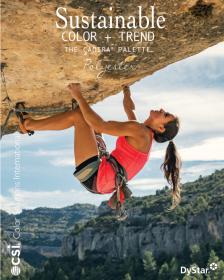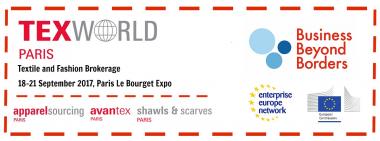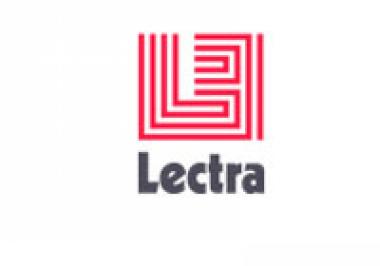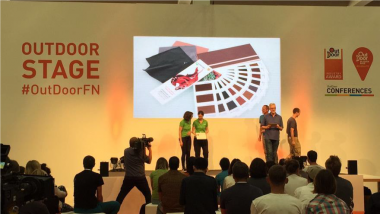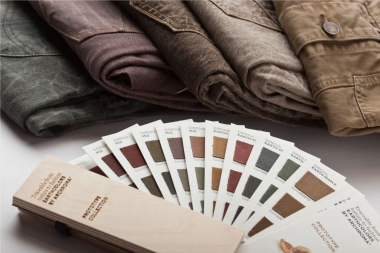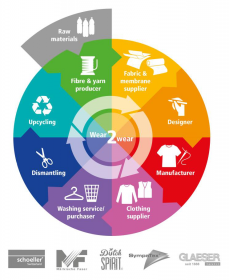Defining Textile Sustainability
What Keeps Consumers Up at Night?
Climate change appears to be a bigger concern for consumers than recent media reports may have indicated. In the ground-breaking, global, quantitative consumer survey, “The Key to Confidence: Consumers and Textile Sustainability—Attitudes, Changing Behaviors, and Outlooks”, commissioned by the OEKO-TEX® Association in commemoration of its 25th Anniversary, climate change ranked third on a list of sixteen modern day worries on the minds of today’s consumers.
“The Key to Confidence” online study was conducted earlier this year with a worldwide sample of more than 11,000 clothing and home textile consumers. Designed and administered by global brand and sustainability research expert, Ellen Karp of Anerca International, the extensive study explored a broad assortment of consumer attitudes about textile sustainability including harmful substances, the industry’s environmental impact, and the social welfare of textile workers.
Prior to answering questions about clothing and home textiles in particular, consumers responded to several queries to gauge their attitudes about sustainability in general. To understand the relative importance of climate change, consumers were asked to pick the top five issues that worry them most from a list of sixteen political, economic, personal, and global problems. “Terrorism” ranked first with 49% of consumers listing it in their top 5, “illness and disease” was second with 42%, and “climate change” rated third with 41%. “My personal finances” came in fourth at 37%. “Opportunities for my children in the future” and “the political leadership in my country” tied for fifth with 31% each.
“Climate change has become a significant issue for consumers,” Karp concludes. “Erratic weather patterns, mounting scientific data, escalating political debate, and first-hand experience with environmental degradation combine to make climate change more of an immediate threat than people considered it to be just a decade ago.”
“For twenty-five years, OEKO-TEX® has helped reduce the use of harmful chemicals and increase sustainable manufacturing practices in the global textile supply chain,” says Anna Czerwinska, Head of Marketing and Communication at OEKO-TEX®. “Our certified clients are industry leaders in the production of compliant, high quality textiles that are tested for harmful substances and responsibly made with respect for the environment and employees. They will be well positioned to capitalize on the growing consumer demands for sustainable textile products.”
A webinar with Ellen Karp presenting the research findings can be viewed at https://rebrand.ly/oekotexTKTCweb. To learn more about “The Key to Confidence: Consumers and Textile Sustainability—Attitudes, Changing Behaviors, and Outlooks”, please contact Trish Martin at t.martin@oeko-tex.com or Anna Czerwinska at a.czerwinska@oeko-tex.com. Read more about the OEKO-TEX® portfolio of testing, certification, and label products at: www.OEKO-TEX.com
OEKO-TEX® Service GmbH





